Fertility in Pop Culture: A Critical Analysis

How TV, Film, and Media Shape Our Understanding of Reproduction
From baby shower montages to miracle IVF storylines, fertility is everywhere in pop culture—but not always in ways that reflect the complexity of real-life experiences. While visibility has improved over the years, many portrayals are still simplified, dramatized, or riddled with misinformation. At Reproductive Centers of America (Reproductive America), we believe that the stories we tell—both on and off screen—shape how society understands fertility, aging, parenthood, and identity. Let’s take a closer look at how fertility is portrayed in popular culture and why it matters.
The “Miracle Baby” Trope
One of the most common pop culture narratives is the “last-chance miracle baby”—a woman over 40 who conceives naturally after one emotional breakdown or one night of passion.
From Sex and the City to Grey’s Anatomy, we’ve seen characters defy biological odds with little or no explanation. While these storylines offer hope, they can be wildly misleading.
Reality check:
- Natural fertility declines sharply after age 35—and even more after 40.
- For many, it takes months (or years) of effort, medical support, and loss.
- IVF success rates drop with age unless donor eggs are used.
When media glosses over these facts, it can create false hope and a sense of failure or shame for those who don’t experience a quick, cinematic ending.
Infertility as a Plot Device
Infertility is often used as a dramatic plot point rather than a lived experience:
- Characters are devastated… for one episode.
- An adoption or miracle conception quickly follows.
- The emotional and physical toll is rarely explored in depth.
Shows like This Is Us and Private Life have begun to shift this trend—offering more nuanced, honest portrayals of grief, tension, and long-term impact. These exceptions matter, because they validate the real-life emotions that don’t resolve in 42 minutes.
LGBTQIA+ Fertility: Still Underrepresented
While representation of LGBTQ+ families is slowly increasing, depictions of their fertility journeys—donor sperm, reciprocal IVF, surrogacy, adoption—are often surface-level or completely absent.
When they are shown, it’s frequently through a lens of financial struggle or legal tension. While those are real issues, there’s also room for joy, partnership, and the normalization of queer parenthood through assisted reproduction.
Science Without Context
In shows like The Bold Type or The Resident, viewers are introduced to terms like AMH, egg freezing, or IVF—but with minimal explanation or oversimplified timelines.
This creates a false sense of how:
- Long fertility treatments take
- Expensive they can be
- Emotionally layered the decisions are
Education is powerful—but only when it's accurate.
Why Representation Matters
Pop culture plays a massive role in how people understand:
- Their bodies and biological clocks
- Their options for starting a family
- What’s considered “normal” or “taboo”
Inaccurate portrayals can cause confusion, delay in seeking care, or unnecessary emotional harm. On the flip side, realistic, diverse storytelling can foster empathy, reduce shame, and encourage proactive decisions.
What We Want to See More Of
- Fertility journeys that unfold over time—not in a single plot twist
- Representation of male infertility, which is often ignored
- Honest depictions of reproductive trauma and recovery
- Inclusion of donor conception, surrogacy, and embryo adoption
- Celebrations of non-biological parenthood as equally valid
- Storylines with emotional nuance, not just happy endings
The “Miracle Baby” Trope
One of the most common pop culture narratives is the “last-chance miracle baby”—a woman over 40 who conceives naturally after one emotional breakdown or one night of passion.
From Sex and the City to Grey’s Anatomy, we’ve seen characters defy biological odds with little or no explanation. While these storylines offer hope, they can be wildly misleading.
Reality check:
- Natural fertility declines sharply after age 35—and even more after 40.
- For many, it takes months (or years) of effort, medical support, and loss.
- IVF success rates drop with age unless donor eggs are used.
When media glosses over these facts, it can create false hope and a sense of failure or shame for those who don’t experience a quick, cinematic ending.
Infertility as a Plot Device
Infertility is often used as a dramatic plot point rather than a lived experience:
- Characters are devastated… for one episode.
- An adoption or miracle conception quickly follows.
- The emotional and physical toll is rarely explored in depth.
Shows like This Is Us and Private Life have begun to shift this trend—offering more nuanced, honest portrayals of grief, tension, and long-term impact. These exceptions matter, because they validate the real-life emotions that don’t resolve in 42 minutes.
LGBTQIA+ Fertility: Still Underrepresented
While representation of LGBTQ+ families is slowly increasing, depictions of their fertility journeys—donor sperm, reciprocal IVF, surrogacy, adoption—are often surface-level or completely absent.
When they are shown, it’s frequently through a lens of financial struggle or legal tension. While those are real issues, there’s also room for joy, partnership, and the normalization of queer parenthood through assisted reproduction.
Science Without Context
In shows like The Bold Type or The Resident, viewers are introduced to terms like AMH, egg freezing, or IVF—but with minimal explanation or oversimplified timelines.
This creates a false sense of how:
- Long fertility treatments take
- Expensive they can be
- Emotionally layered the decisions are
Education is powerful—but only when it's accurate.
Why Representation Matters
Pop culture plays a massive role in how people understand:
- Their bodies and biological clocks
- Their options for starting a family
- What’s considered “normal” or “taboo”
Inaccurate portrayals can cause confusion, delay in seeking care, or unnecessary emotional harm. On the flip side, realistic, diverse storytelling can foster empathy, reduce shame, and encourage proactive decisions.
What We Want to See More Of
- Fertility journeys that unfold over time—not in a single plot twist
- Representation of male infertility, which is often ignored
- Honest depictions of reproductive trauma and recovery
- Inclusion of donor conception, surrogacy, and embryo adoption
- Celebrations of non-biological parenthood as equally valid
- Storylines with emotional nuance, not just happy endings









